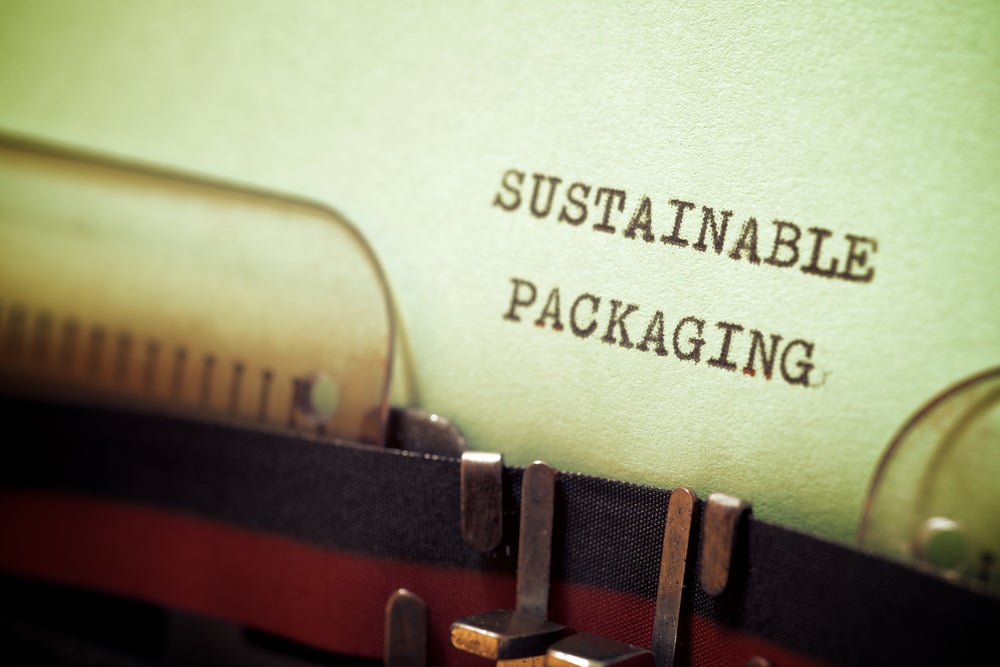
As societies worldwide move beyond the grip of the Covid-19 pandemic, consumer opinions about sustainability are evolving. A study conducted across 11 countries has revealed changing trends in how consumers perceive packaging materials and environmental priorities.
McKinsey & Company’s recent survey explored consumer sentiments towards sustainable packaging, uncovering significant insights.
The pandemic initially magnified concerns about hygiene, leading to a pause in efforts to reduce single-use packaging. However, as the pandemic recedes, consumer focus on hygiene is diminishing.
The survey discovered that while consumers are less obsessed with hygiene, they still prioritise it along with shelf life when choosing products. The study indicates that hygiene and food safety are central, although not as dominant as during the pandemic.
This shift prompts packaging companies to adapt their strategies to cater to these evolving trends.
Differing environmental priorities
The survey highlighted disparities in consumer worries about environmental impacts associated with packaging. Ocean litter emerged as a primary concern in Europe, Japan and the United States.
In contrast, other Asian countries and Latin America are more preoccupied with diverse forms of pollution.
This global divergence requires packaging companies to tailor their approaches, recognising the distinct environmental concerns in different regions.
Consumer opinions on the sustainability of packaging materials also differ worldwide. The research revealed that no single packaging type holds the title of being the most sustainable across the board.
Compostable and plant-based packaging rank high in several countries, except in Japan where recycled plastics are seen as equally sustainable. Plastic films made from renewable or compostable materials have also gained in popularity. Paper packaging scores well, particularly in countries such as India and the United Kingdom.
Strategic questions for packaging companies
Amid these shifting consumer sentiments, packaging companies are encouraged to ponder five essential questions to shape their strategies:
- Generational trends: How will evolving generational trends impact products in the next five to seven years?
- Regulatory changes and consumer perception: Which products might be at risk due to upcoming regulatory shifts and evolving consumer attitudes?
- Competitive innovations: What innovations and disruptions are competitors pursuing across key product areas?
- Growth opportunities: Where can the company provide unique sustainable and circular solutions, positioning itself for growth?
- Demographic nuances: How can products be better aligned with diverse demographic segments in end markets?
With consumer sentiments diverging across countries, regions and demographics, packaging companies must navigate this evolving landscape with strategic agility to emerge as leaders in sustainable practices and consumer satisfaction.




